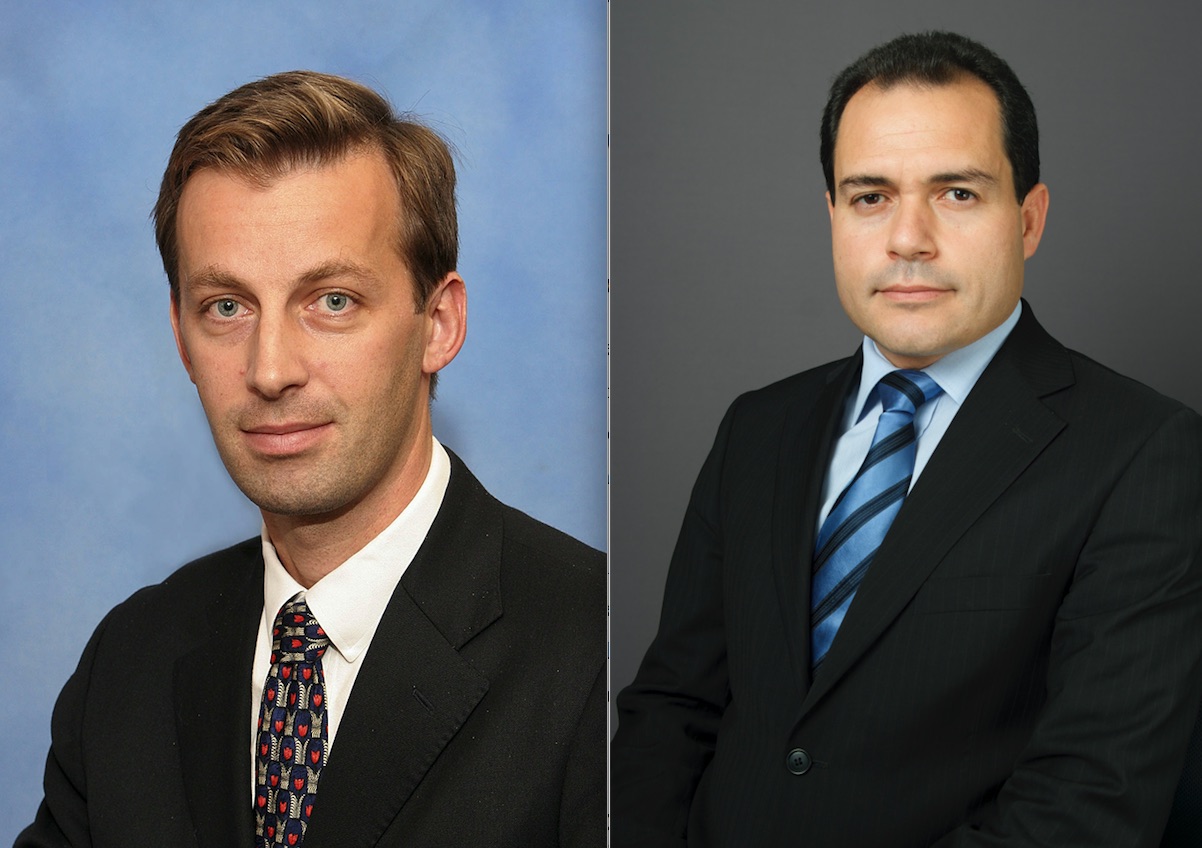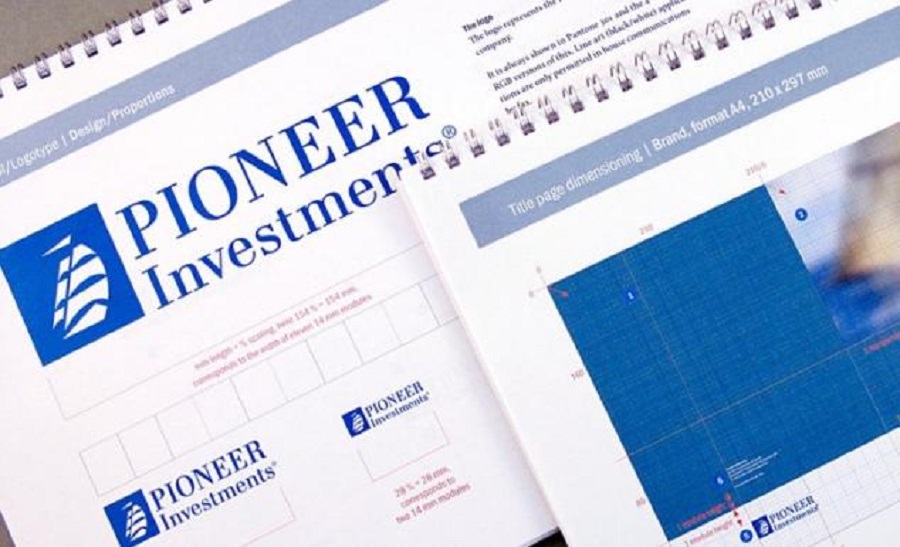Riding the S Curve of Creative Disruption
| By Fórmate a Fondo | 0 Comentarios

The S-curve, which shows the growth trajectory of a company creating a new product or even a new industry can be an ally or enemy for investors. Find such a company toward the front end of the S curve and you could potentially own the stock through its explosive growth period. Invest at the top of the S curve, and you’ve missed much of the growth. It’s at that point – when most of their growth is behind them – that many companies graduate to the larger stock indexes. Skilled active managers try to find these companies much earlier on in the curve, with an eye toward tapping greater growth potential.
Consider the adoption of the personal computer in the 1980s and 1990s, which started slowly when they were cumbersome and expensive. But once PCs became easier to use in the early 1990s and allowed multi-tasking, prices fell sharply and soon they were on virtually every desktop within major corporations. Retail prices fell further, bringing the PC within reach of the home user. The introduction of the web browser in the mid-90s suddenly unleashed a wave of demand for computers, software and related products that culminated in the dotcom bubble which burst so memorably in the spring of 2000. Eventually the market for personal computers matured and became saturated. They became a low-margin, commodity product with little to differentiate one from another.
Personal computers spawned an industry which has had unprecedented impacts on many aspects of society, including the way we work, learn and consume content. The ripple effects of the PC revolution continue to be felt, even as the devices themselves evolve.
Under such creative disruption scenarios, the investment opportunity for skilled active managers comes from: 1) understanding where a company is in its growth trajectory along with key drivers of growth in a given industry and 2) an ability to reassess as the market matures. Are we in the early adoption or infancy phase, where there is great potential but the need for patience? Are we in the expansion phase where growth accelerates almost vertically? Or the maturity phase, where competitors flood the market, the product becomes commoditized and margins compress?
As history has shown, these cycles repeat. In recent years the smart phone has displaced the personal computer. Instead of storing data on floppy disks, we now store it in the cloud. Instead of consuming entertainment content at home on a television, increasingly we consume more of it on the go on a mobile device. Creative disruption is a never-ending process, creating opportunity and risk at every turn. Having an integrated research platform helps a skilled manager identify the opportunities and the risks and make decisions accordingly.
The market is a discounting mechanism of all available information. What we do as managers is to try and determine what the market has discounted and whether it’s correct. Our goal is to recognize a trend or an undervalued asset and risk-weight that asset appropriately. Having diverse points of view across the organization — in terms of exploring opportunities from both a fundamental and quantitative perspective, across geographies and from analysts in different sectors—can all play a role in creating better investment decisions, and hopefully better outcomes.
A collaborative culture and an integrated research platform can help skilled managers understand the ripple-effects created by disruptive new technologies. Teams of talented managers and analysts are better positioned to think-through the ramifications on a global scale than those focused strictly on the technology or product itself. For instance, would a new technology, such as electronic payment methods be adopted more rapidly in developed markets owing to an infrastructure advantage, creating opportunities for incumbent technologies to gain market share in less developed markets? This is the type of issue where a skilled active manager who cross-pollinates ideas across disciplines and stress-tests assumptions among investment team members would hope to stay ahead of the curve.
Robert M. Almeida, Jr. is MFS Institutional Portfolio Manager.














